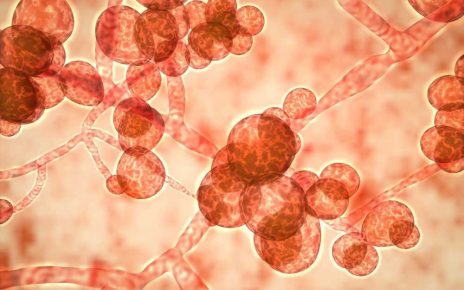
We all know it’s coming. Old age is a phenomenon we all expect, that is, if we manage to live long enough to see the white hairs popping up. As a human race, we’ve made great strides forward in various fields like medicine, technology, education, and research.
Researchers at UCLA have discovered that different parts of our bodies age faster than others. The research goes to show that the aging process is determined by the structure of our DNA. Future studies in this field may help us get to live longer. All it would take would be for scientists to re-order certain elements in our DNA and voila! Longer lifespans could be possible.

Getting old is part of our human nature, it is an inevitable phenomenon
Of course, all this is in the realm of possibilities. 100 years ago, no one would have dreamt of space travel. Today, SpaceX often does maiden voyages to new parts of the galaxy every now and then.
That just goes to show the possibilities of human belief. At present, exercise is our best bet to handling just how well we’re able to take care of our health. It’s a great stimulant for the brain too and it tends to enhance our metabolic functioning.
The Signs
Our bodies directly communicate to us; the trick is in learning how to listen. Those in their 40s and 50s can possibly bear testament to a number of things they’ve noticed about their bodies. The changes include a loss of muscle and reduced strength. This is irrespective of whether or not one works out. With age, there’s not much that can undo how our bodies are wired to respond to the tides of time.

The body clock starts ticking at 30, accelerates through 40 and achieves proper momentum at about 50. By the age of 70, the momentum is at full speed.
Sarcopenia is a word used to describe the loss of muscles with age. It is caused by the adoption of sedentary lifestyles, reduced physical activity, and loss in intensity during workout sessions. Luckily, for humans, nothing is ever beyond the realm of imaginations. A study conducted in 1994 was able to show that there was still hope. It turns out that we can slow down the effects of old age on our strength even at the age 90 as nonagenarians!
Strength Training
There’s nothing as effective in beating the effects of muscle loss as strength training. What strength training does is that it allows us to build muscles and further enhance the link between muscle cells and nerves. When done repeatedly over time, it allows us to maintain the muscles we have.
Strength training also allows us to improve our bodies’ response to protein uptake. For effective results, we need to adhere to an intense regimen in order to reap the full benefits. For muscle building, one has to choose a level of resistance that’s hard for us to perform with ease. After each set, once the tiredness kicks in, a good rest session will come in handy.
The resting in between sets is a great healer since it preps our bodies for recovery. A number of muscle groups need to be trained at least twice a week. These are the chest, arms, legs, shoulders, and back.
Dietary Protein
Proteins are the building blocks of muscle and are the best way to prevent muscle loss. Their presence in diets ensures that there is stimulated growth. With age, sarcopenia becomes more pronounced, thus it is essential to regulate the consumption of protein all through the day.

By watching what we eat, we can significantly slow down the effects of old age
The amino acids component of proteins is quite essential. Fast absorption protein sources like eggs, fish, chicken, dairy products and lean red meat should be the staple foods for the elderly. Other slowly-absorbed protein sources like beans, soy and peanuts are just as important.
Research done by the University of California has shown that regular consumption of some carbohydrates with protein 30-40 minutes before or after workout can go a long way in slowing down the effects of sarcopenia.
Activity
Engaging in activities that help us expend energy like jogging, walking, skipping rope, or biking, are essential in preventing unnecessary weight gain. Such exercises play a crucial role in improving cardiovascular functioning. A good intake of Vitamin D is quite helpful, especially with the onset of old age.
We can’t ably fight against the effects of old age, but we can slow down its effects by taking proper care of ourselves. A little commitment can go a mighty long way in ensuring we continually keep blowing candles through the years.
Source: Read Full Article



